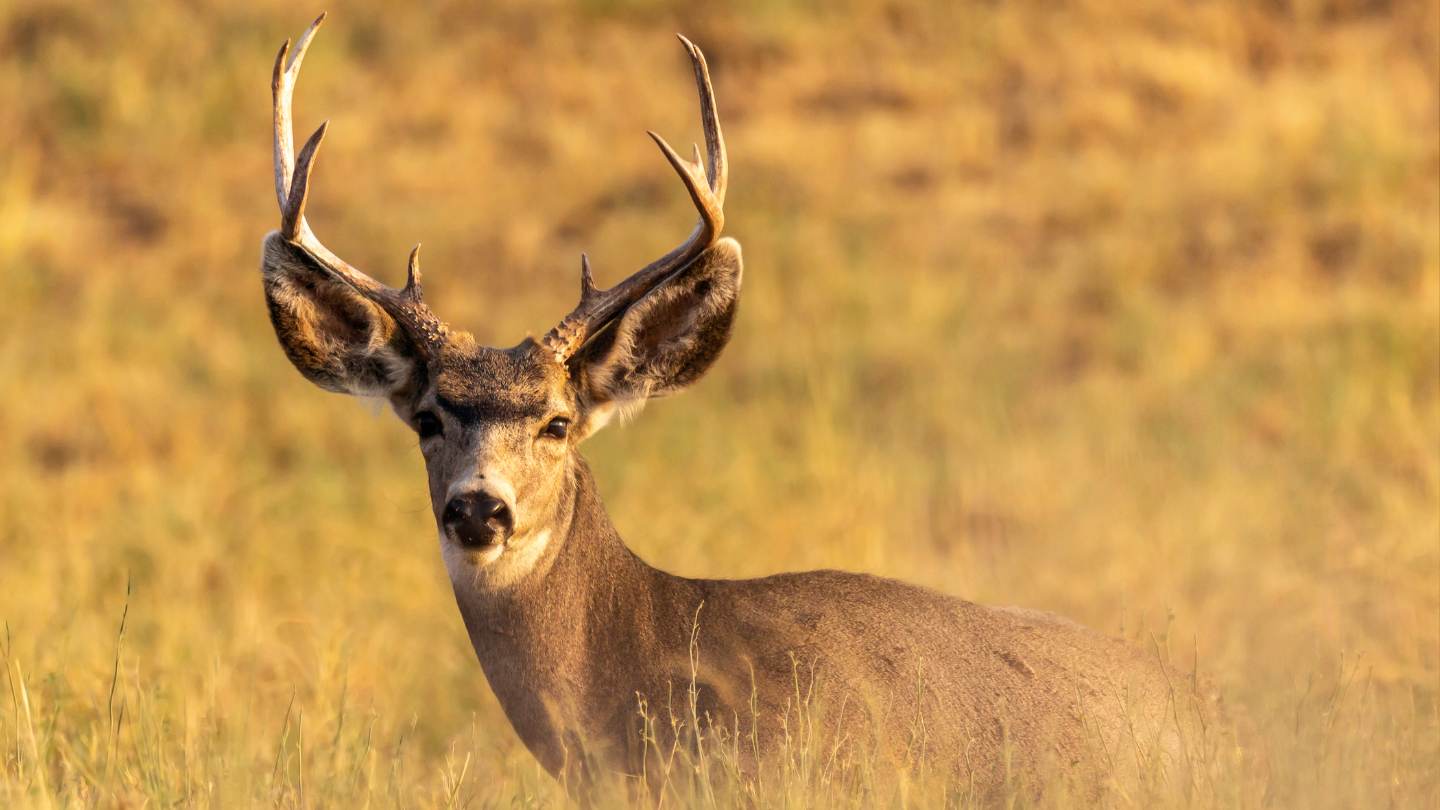Habitat Leasing Opportunity through USDA’s Grassland Conservation Reserve Program Grows with Important Changes in Western States
Sign-up runs through June 28, 2024.
Denver – The US Department of Agriculture (USDA) on Monday announced the sign-up period for the Grassland Conservation Reserve Program, which will run from June 3rd to June 28th. In 2023 the popularity of the Grassland Conservation Reserve Program (Grassland CRP) soared, especially in the West, and USDA expects similar enthusiasm this year.
Unlike general CRP, Grassland CRP is not a land retirement or fallowing program. In exchange for maintaining grasslands and wildlife habitat, the Farm Service Agency (FSA) pays producers annual rental payments and cost-share assistance while allowing livestock production activities to continue. Ranchers can continue to graze, seed, and hay land enrolled in the program. The program provides ranchers with yearly acre-rental payments, capped at $50,000 per entity, for sustaining wildlife habitat on grasslands while allowing livestock production activities to continue. In return, landowners must follow a Natural Resource Conservation Service (NRCS) management plan. The management plan may stipulate forage requirements, grazing regimes, and times for haying.
The FSA also provides cost-share assistance for practices and enhancements such water developments, fencing, and planting and seeding. The minimum rental rates is $13/acre, but land located within Grassland CRP National Priority Zones, is eligible to receive an additional $5 per acre. Rental rates are based on 75 percent of the cash rent data provided by the National Agricultural Statistics Service. The FSA has rental rates posted on its website.
“The program is hugely successful and becoming more popular each year. Last year Grassland CRP surpassed the general CRP sign-up by over a million acres. There is an obvious demand by landowners who appreciate the extra income to steward these lands,” said Shaleas Harrison, Wyoming resource coordinator with Western Landowners Alliance, a landowner group whose mission is to support working lands, connected landscapes, and native species.
Unique Opportunities through USDA’s Migratory Big Game Initiative in Idaho, Montana, and Wyoming
The USDA expanded a 2023 Wyoming big game pilot program into a national landscape initiative, which includes unique conservation opportunities in Wyoming, Idaho, and Montana. Through this initiative, a combination of FSA and NRCS conservation programs are available to producers in these states including the Agricultural Conservation Easement Program (ACEC), Environmental Quality Incentives Program (EQIP), and Grassland Conservation Reserve Program (CRP). The USDA developed special guidance for better compatibility between USDA programs, enabling producers to combine Grassland CRP with the Environmental Quality Incentives Program (EQIP) to improve range health. Example conservation practices provided through EQIP include wildlife-friendly fence conversion, invasive weed treatments, aspen regeneration, brush management, range planting, and wet meadow restoration. Historically, EQIP and Grassland CRP are not compatible on the same acres. Interested landowners who enroll in the Grassland CRP program whose land falls within the big game priority areas will be able to apply for EQIP funding.
Chris Robinson, CEO and co-owner of The Ensign Group, L.C., which owns, operates, and manages over a million acres of private lands and public land leases across Utah, Idaho, and Wyoming said, “We enrolled our ranch in Wyoming into Grassland CRP in 2023. We like the program because it aligns with our values of maintaining, protecting, and enhancing our grasslands for livestock and wildlife, within the framework of a working landscape. Because the ranch is in Wyoming, we were able to receive cost-share for a stock water pipeline through EQIP in addition to the yearly rental payments.”
Necessary and prudent West-wide
“As fragmentation and development alters western landscapes, we can no longer take for granted the cost of maintaining and stewarding private working lands,” said Jason Fearneyhough, chief policy officer with Western Landowners Alliance. “Grassland CRP can provide some economic support for the good work people are already doing.”
Mathew Rose-Stark, co-founder of Keystone Land & Livestock in California, worked with the FSA to enroll their rented land into Grassland CRP last fall. “Our operation manages grass-fed certified organic cattle across over 4,700 acres of grassland, oak savanna, and chaparral in California’s Sutter Buttes Mountains,” said Rose-Stark. “As tenants, we took advantage of the program, which supports the many activities we do every day to maintain healthy and productive rangelands.”
To sign up, producers can contact their local FSA office. Western Landowners Alliance also has resource coordinators in Western states who are available to answer questions, connect producers to their local Farm Service Agency staff, and support applications.
Join WLA to stay up to date on the most important news and policy for land stewards.
Become a member for free today and we will send you the news and policy developments critical to the economic and ecological health of working lands.
WLA works on behalf of landowners and practitioners throughout the West. We will never share your contact information with anyone.
©2025 Western Landowners Alliance • PO BOX 27798, Denver, CO 80227 • 505.466.1495
Western Landowners Alliance is a 501 (c)(3) non-profit recognized by the IRS.
Tax ID: 46-1346488
